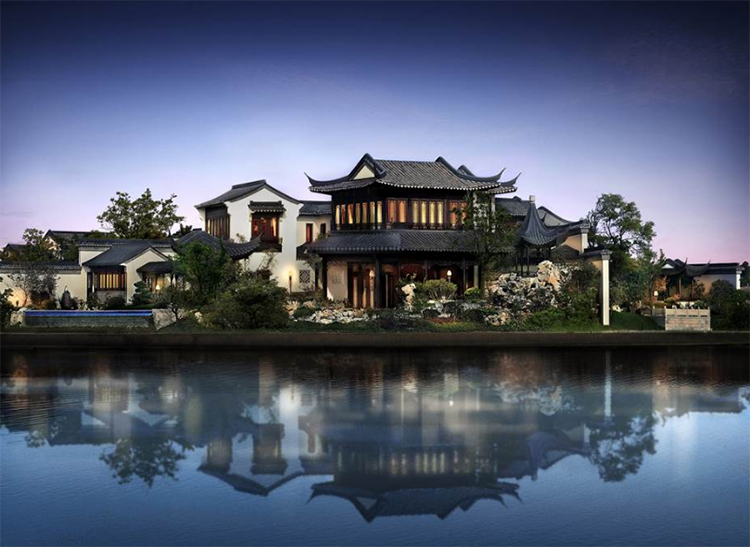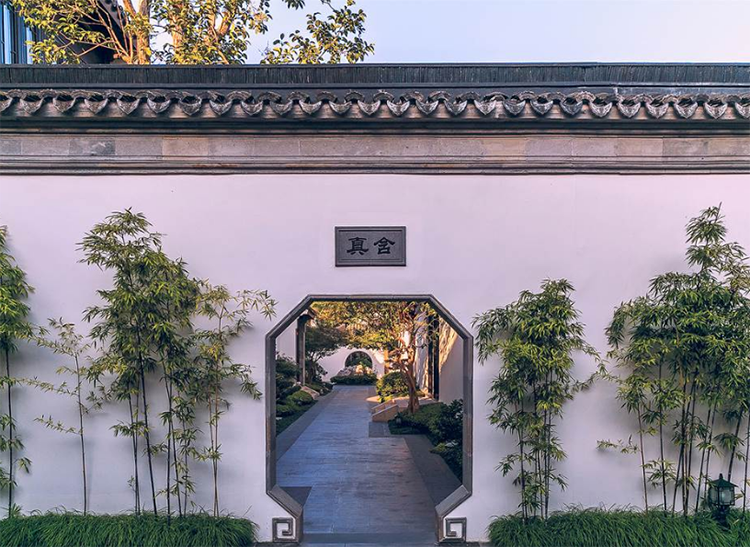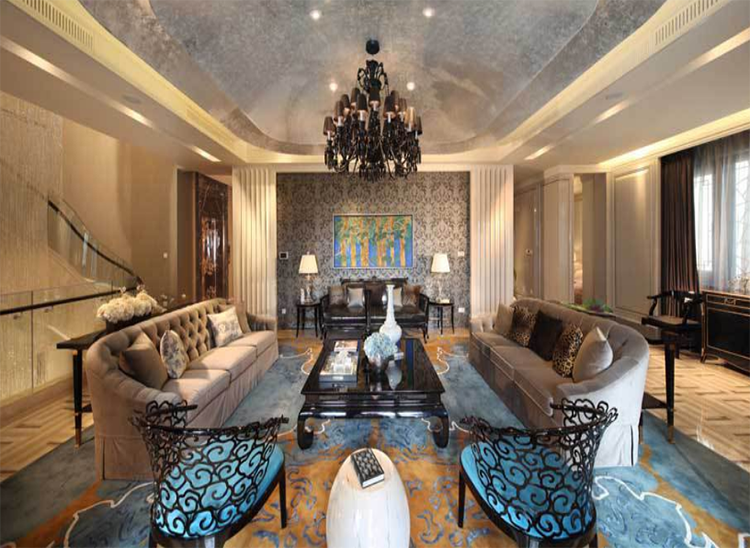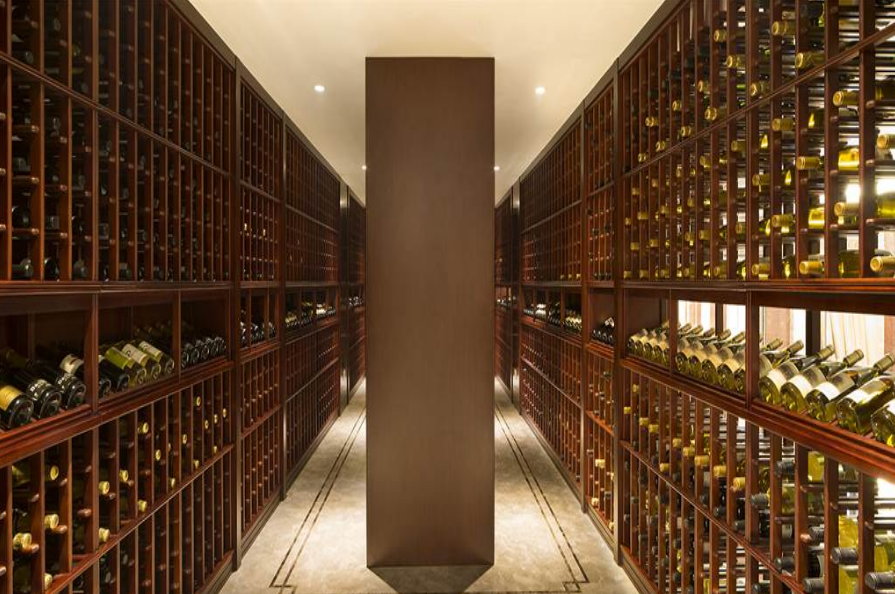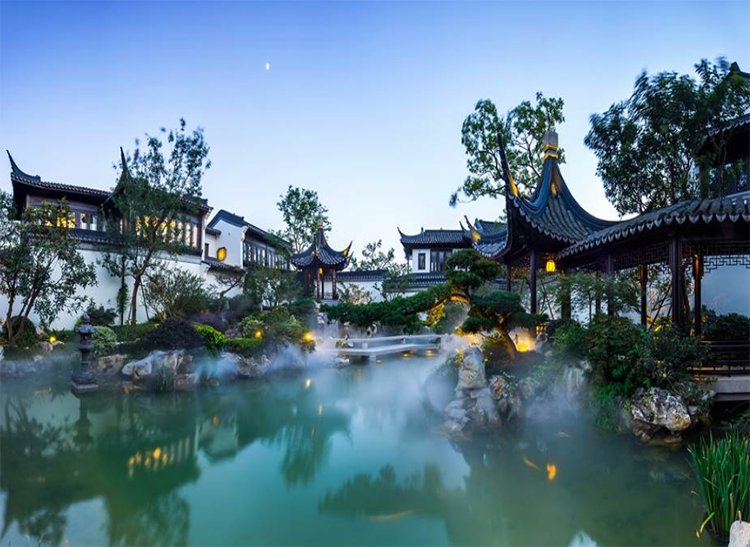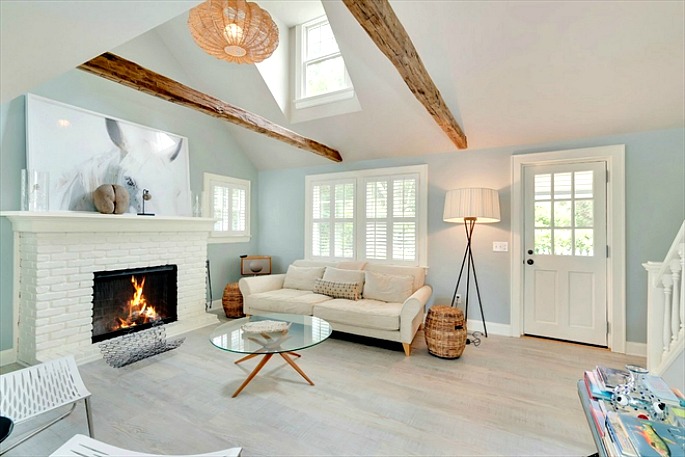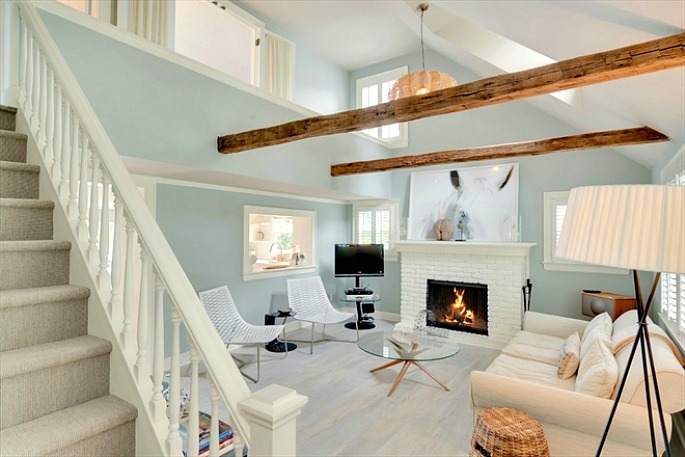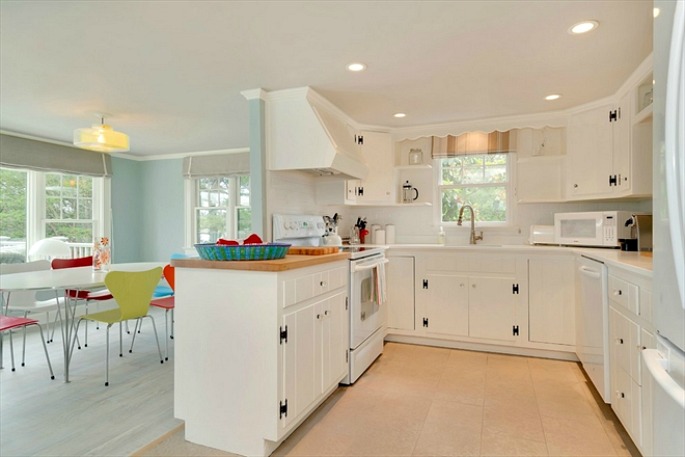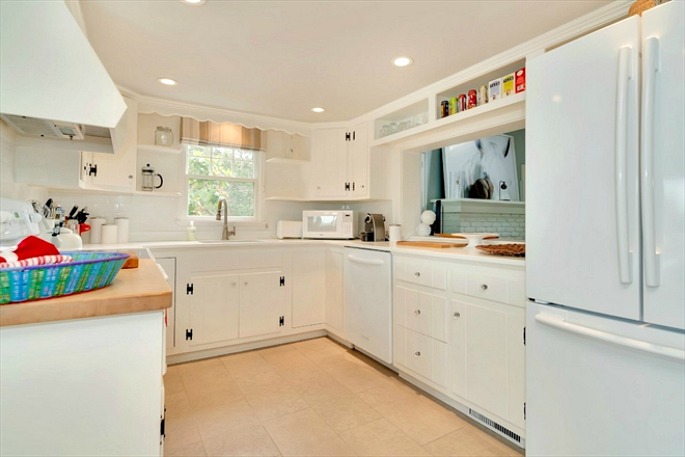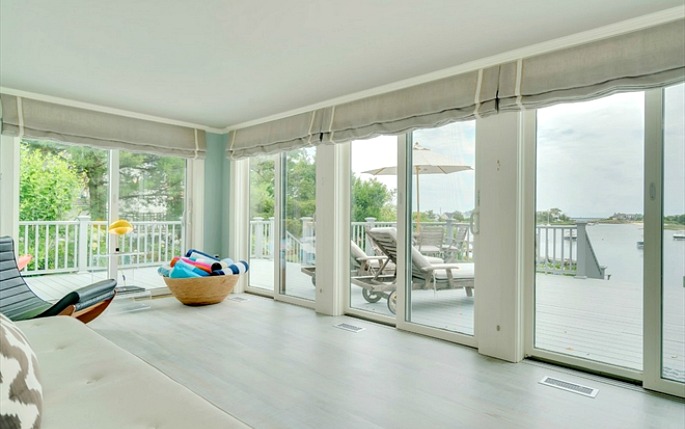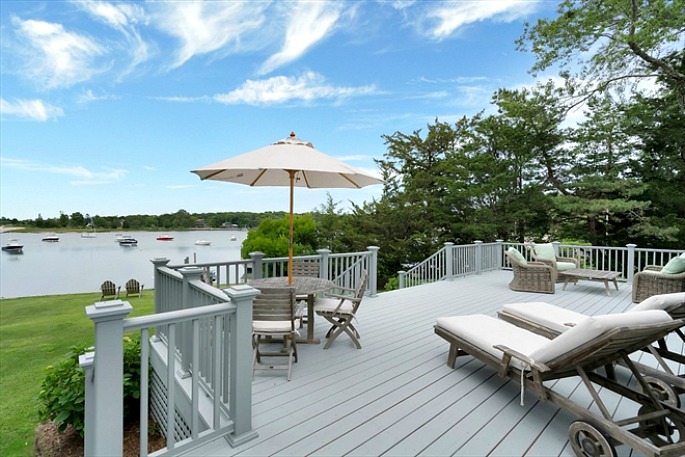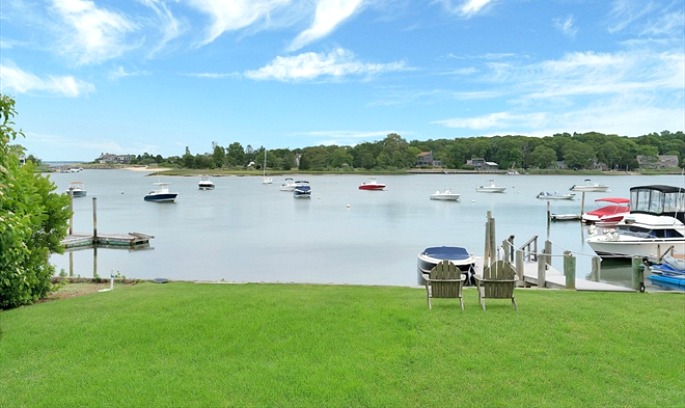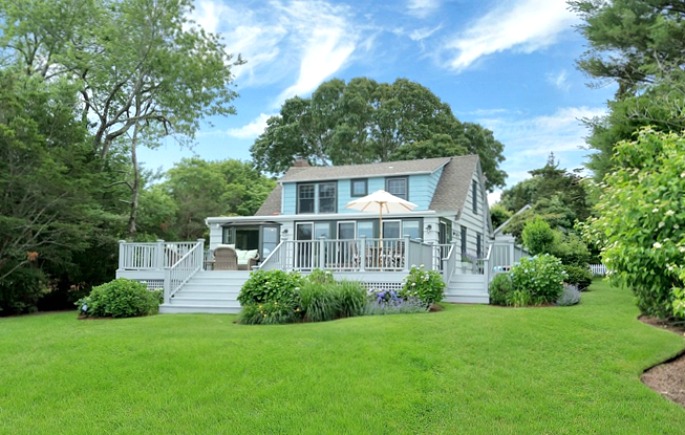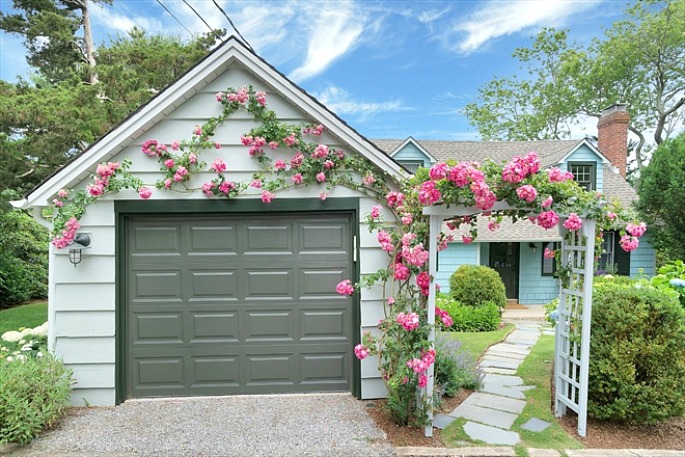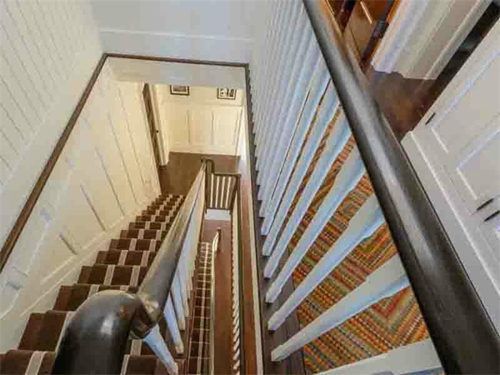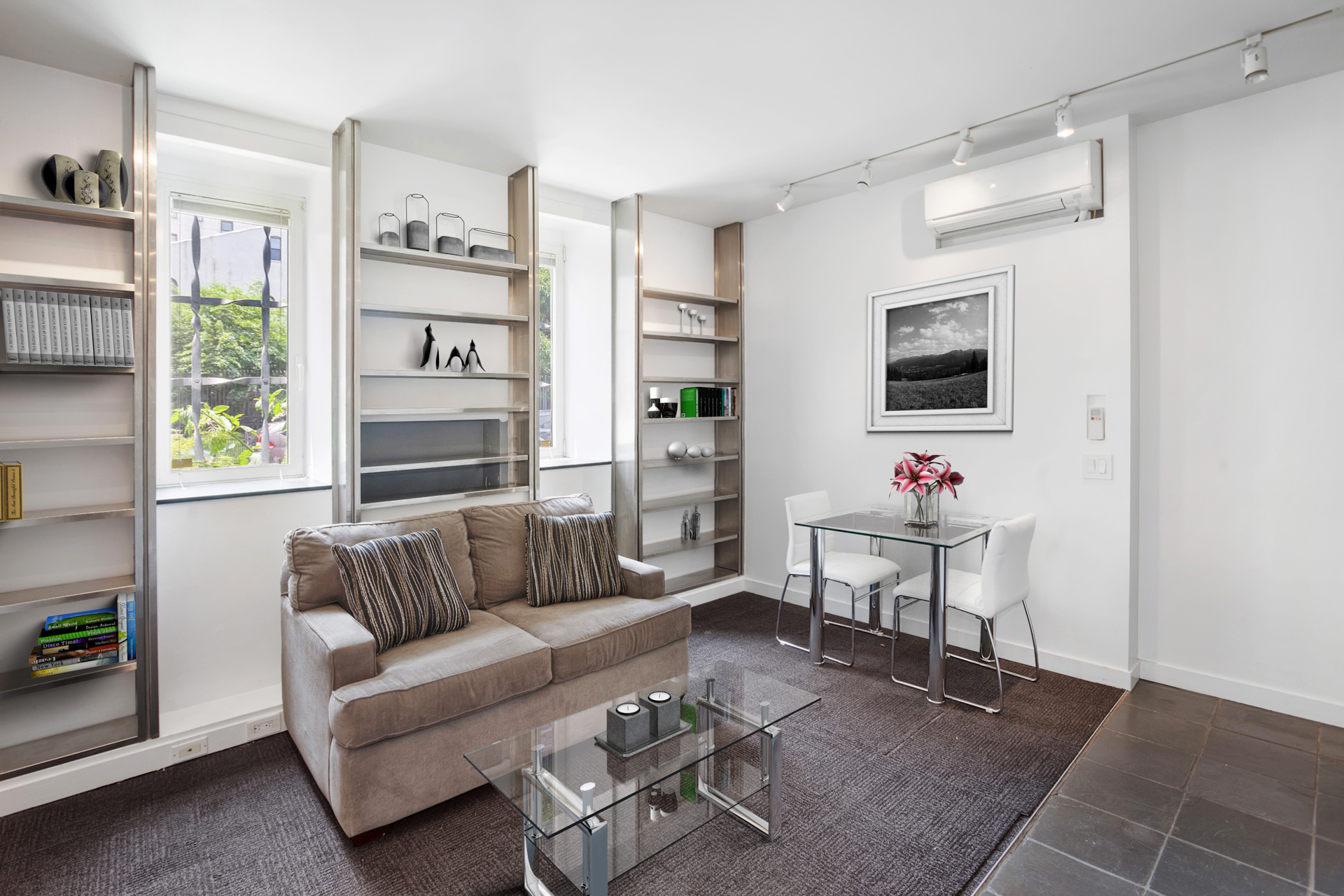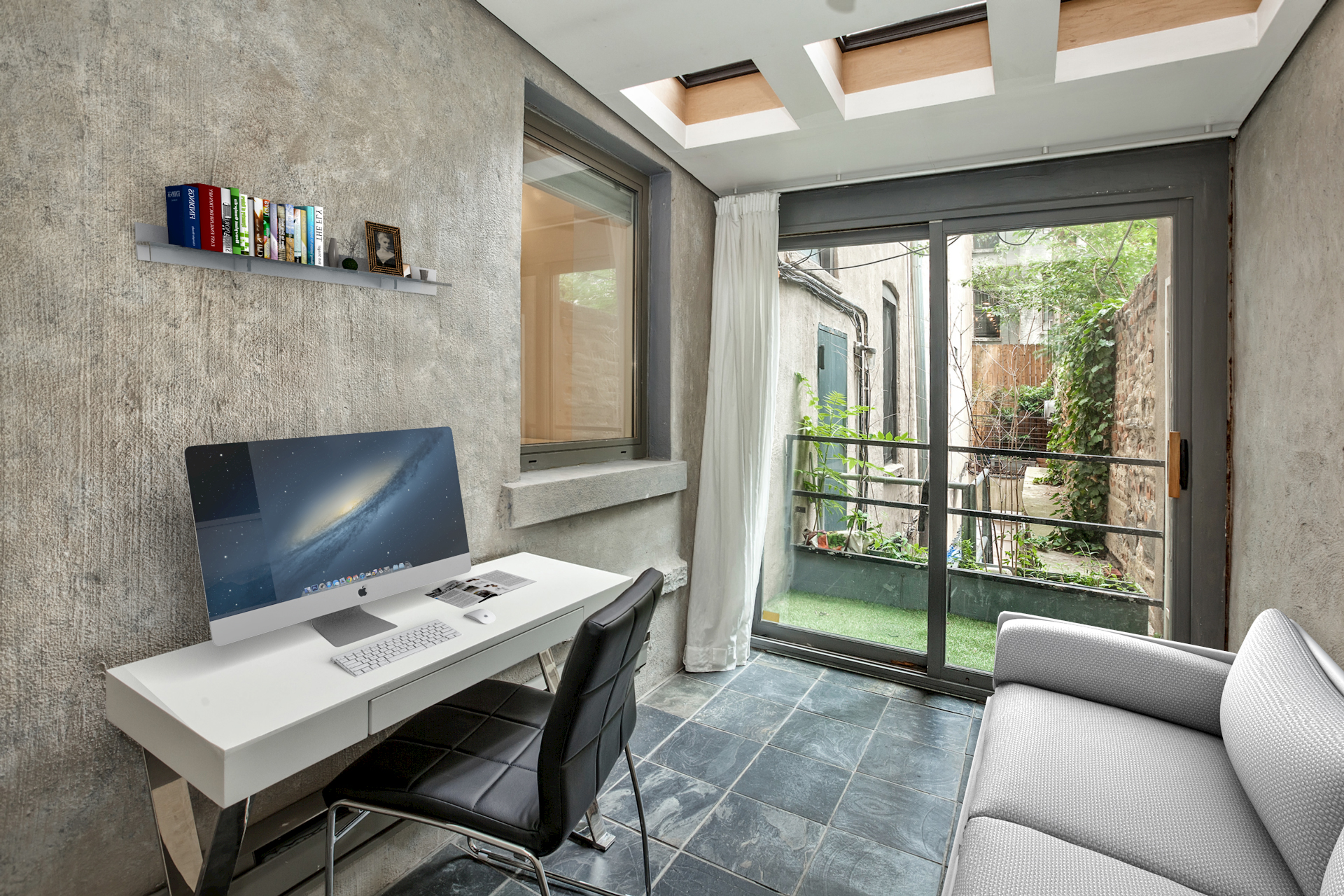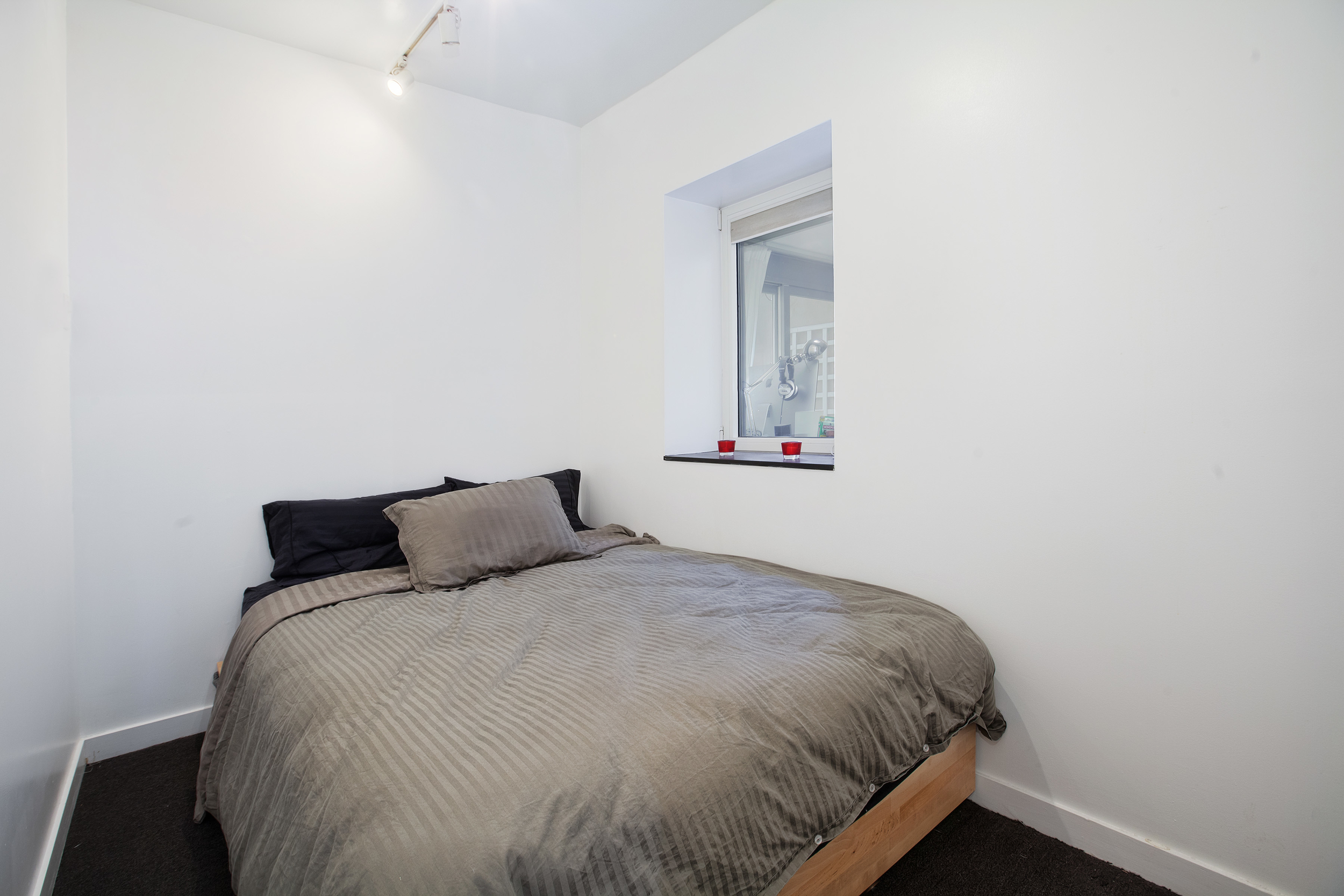As the city has gotten cleaner, greener and safer — and let’s face it, wealthier — New Yorkers are creating elaborate private terraces to augment their homes and provide a lofty perch to engage in al fresco entertaining.
Taking advantage of previously under-used roofs, these terraces offer sturdy Amazon-sourced wood decks, landscaping with mosses and fruit bushes, sleek Belgian metal seating and kitchens that can rival the ones in the apartments downstairs. In fact, bedazzled with grills, fridges and flat-screen televisions, these spaces can be replicas of interior versions, save for an overhead view of stars.
In step with the ongoing development boom, which makes Manhattan more and more (high-end) residential by the day, terrace construction has grown to become a robust niche of the building business, according to landscape designers, major appliance manufacturers and residents of luxury apartments.
“Not everybody may understand how they can enhance their lives and add value to their real estate, only a specific kind of client,” said Jeff Mendoza, the principal of J. Mendoza Gardens, a New York-focused firm that has designed hundreds of up-in-the-air urban gardens over the years. “But if you can afford to have these kinds of amenities, why not?”
Cost isn’t the only issue. This being New York, and not suburbia, space is usually at a premium, even for the highest-end penthouses. While designers can fashion veritable forests in postage stamp-sized spaces, clients who want distinctive kitchens and lounges will likely require at least 1,000 square feet of space, experts said.
And because New Yorkers share buildings with others, often as part of fussy co-ops, terraces usually require approvals, which can drag out for years: Shareholders want engineers to triple check that no pergolas will come falling down on their heads, and no water leaks either.
But “eventually they get built,” said Todd Haiman, a landscape designer based in Manhattan, who added that steps can be taken to lighten the load and reassure co-op boards.
Private outdoor spaces can be replicas of interior versions, save for an overhead view of stars.
Concrete pavers, for instance, are attractive but weighty. An alternate option in an urban setting is porcelain tile from companies like Kronos Ceramiche (about $15 per two-by-two-foot tile), an Italian firm. Its SKE Coupled line, which resembles wood, is also about a third of the weight of concrete, Haiman said.
Similarly, Mendoza likes to use planters that rise just a few inches above the ground, as opposed to the more traditional 16-inch-deep variety, to reduce mass. And those low-slung types don’t necessarily skimp on greenery, as is evident at a project he completed on a 2,000-square-foot terrace with views of the Hudson River on the Upper West Side, for a client who worked on Wall Street. Mendoza’s firm is a division of New York-based landscaper Blondie’s Treehouse.
On that Upper West Side terrace, low-slung planters filled with minuartia verna, a verdant moss, rim the perimeter and complement larger boxes with trees and grasses. Bi-level planting allows one to “fill more area visually and not add a tremendous amount of weight,” said Mendoza, who deploys the technique frequently.
For another take on gardening high above the sidewalks, there are the blueberry bushes and strawberry plants planted for a client of Haiman’s in Noho on a 1,100-square-foot private terrace accessed by a spiral staircase.
Like many modern terrace-seekers, the Noho client wanted more than just a place to sunbathe. Edged in blue-river stones, the oasis is tricked out with an outdoor shower, a day bed for afternoon naps with storage beneath and space enough for yoga poses, though the client prefers to jump rope.
Landscape designer Todd Haiman created a 1,100-square-foot oasis on a private terrace in Noho.
Though its cooking appliance is just a basic grill, most clients prefer a full kitchen, and they have an array of outdoor-rated (that is, made of stainless steel) appliances to choose among.
Popular brands for outdoor built-in grills include Twin Eagles, whose 36-inch-wide model, which comes with a rotisserie and lid-operated night-light, retails for around $5,000, according to an online search. (Note: New York does not allow gas tanks, only piped-in fuel.)
But the Mercedes of cooking equipment, designers said, is from Kalamazoo Outdoor Gourmet, which supplied the kitchen belonging to high-end architect Lou Switzer, and serves as the focal point of a spacious 2,800-square-foot terrace on the Upper East Side.
That grill, which stretches to 38 inches and offers gas- and wood-burning functions, sits behind a black marble-topped bar against an ipe-wood backsplash, which conceals a tall water tank. A similar-sized Kalamazoo grill retails for about $15,000.
Switzer’s fridge, tucked under the counter like most rooftop models, is also from Kalamazoo; others prefer the brand True Residential. Its solid-door 24-inch-wide model retails for about $3,000, according to Gringer and Sons, a New York supplier.
Switzer designed his own terrace, which also features bluestone pavers, a hot tub and enough leg room for 100-person parties, he said. About all that’s missing is a TV, though he might add one this summer, he said. As long as those flat-screens are shaded and protected from the elements, they can be enjoyed outside, experts said.
For furniture choices, New Yorkers are flocking to Royal Botania. The Belgian brand’s Vigor line, which offers teak-framed sectionals and deep-dyed cushions, are well suited to rain and sun. A sprawling seven-module sectional with a matching table will run about $37,000, a Royal Botania rep said.
Smaller terraces, meanwhile, may be more suited to another trendy European manufacturer, Fermob of France, which produces colorful, petite metal furniture. A bistro table and pair of matching chairs cost about $600 at ABC Carpet & Home in the Flatiron District.
In general, as terrace design evolves, clients are also increasingly considering their impact on the environment. Ipe, which can be harvested from the Amazon jungle by clear-cutting, has fallen out of favor in some quarters. Instead, try black locust, “which is native, lasts a long time and is rot-resistant,” Haiman said.
What’s the total cost of all this decking and pine trees, planters and couches? Assume about $150 to $250 per square foot, or starting at about $200,000 for a spare-no-expenses high-end job, experts said.
That might be a small price to pay to get the best of both worlds, city and country, in one space. Switzer, a married father of three sons and owner of a dog, had been considering relocating from New York to the suburbs before creating his terrace. “I think,” he said, “we’ve gotten our money’s worth out of it.”





